If you’re a travel enthusiast or a plant lover, you’ve likely encountered both the Traveler Palm and the Bird of Paradise. Both of these stunning plants offer unique features and aesthetics, making them popular choices for landscaping and home decor. In this article, we will delve into their characteristics, ideal growing conditions, and even travel destinations where you can see them in their natural habitat.
Overview of Traveler Palm and Bird of Paradise
What is the Traveler Palm?
The Traveler Palm, scientifically known as Ravenala madagascariensis, is a tropical plant native to Madagascar. Known for its striking fan-like leaves and impressive growth, it can reach heights of up to 30 feet. Its unique appearance has earned it the nickname “Traveler’s Palm” since it is said to indicate the direction of water – the leaves can hold rainwater for thirsty travelers.
What is the Bird of Paradise?
The Bird of Paradise, or Strelitzia reginae, is a flowering plant native to South Africa. Renowned for its extraordinary blossoms resembling exotic birds, this plant can grow up to 5 feet tall. The vibrant orange and blue flowers bloom throughout the year, making it a favorite for gardens and floral arrangements.
Physical Characteristics
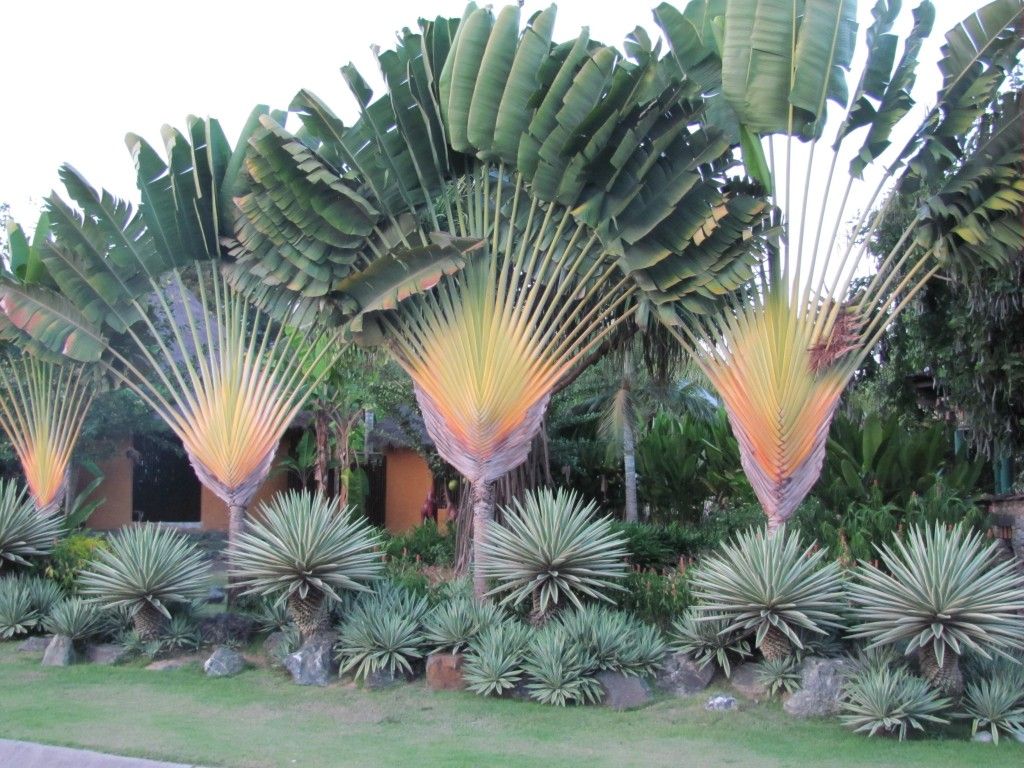
Traveler Palm Features
- Leaves: Large, paddle-shaped leaves that can grow up to 10 feet long.
- Height: Can reach heights of 30 feet or more.
- Growth Habit: Forms a fan-like structure with a single trunk, resembling a palm tree.
- Flowers: Produces small flowers, but they are not as prominent.
Bird of Paradise Features
- Leaves: Long, green, paddle-shaped leaves that can grow up to 18 inches long.
- Height: Generally reaches about 3 to 5 feet in height.
- Growth Habit: Grows in clumps, with multiple stems emerging from the ground.
- Flowers: Distinctive flowers that bloom in vibrant colors and can attract pollinators.
Comparison Table: Traveler Palm vs. Bird of Paradise
| Feature | Traveler Palm | Bird of Paradise |
|---|---|---|
| Scientific Name | Ravenala madagascariensis | Strelitzia reginae |
| Height | Up to 30 feet | 3 to 5 feet |
| Leaves | Large, fan-shaped | Paddle-shaped |
| Flower Appearance | Small and inconspicuous | Vibrant and bird-like |
| Native Habitat | Madagascar | South Africa |
| Growing Conditions | Tropical to subtropical climates | Tropical and subtropical climates |
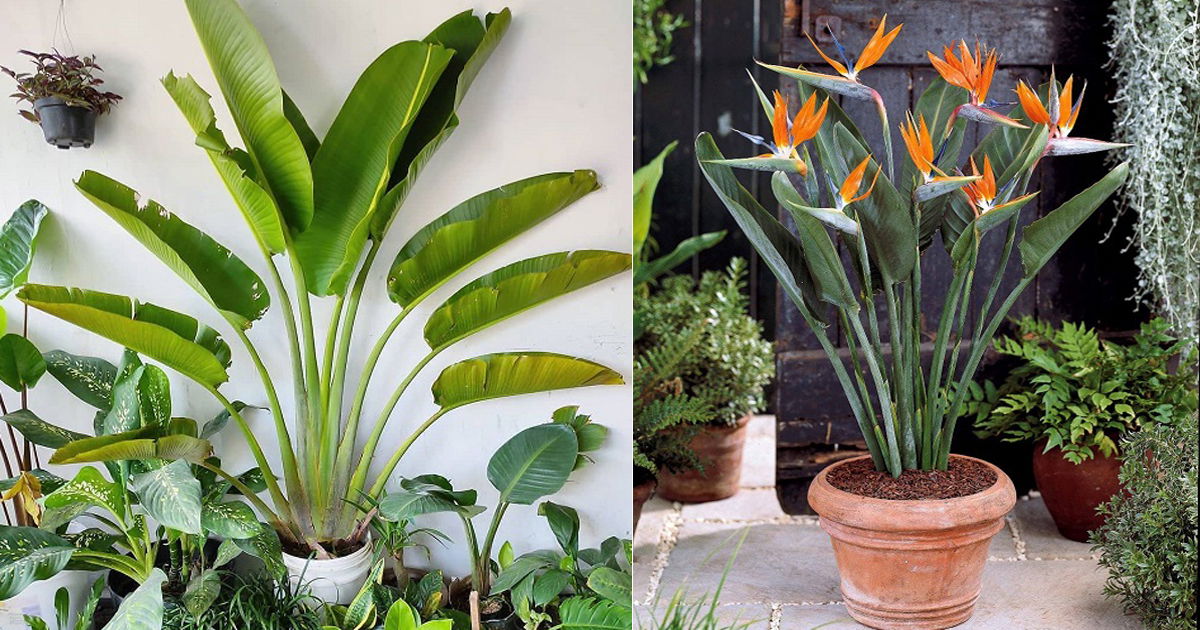
Growing Conditions and Care
Best Conditions for Traveler Palm
The Traveler Palm thrives in well-draining soil and requires full sunlight to flourish. Here are some tips for growing a healthy Traveler Palm:
- Soil: Use sandy or loamy soil that drains well.
- Watering: Water regularly, but allow the soil to dry slightly between watering.
- Temperature: Prefers tropical temperatures but can tolerate mild frost.

Best Conditions for Bird of Paradise
The Bird of Paradise plant prefers similar growing conditions but does have specific needs to promote flowering:
- Soil: Rich, well-draining soil with organic material.
- Watering: Keep the soil moist but not soggy; reduce watering in winter.
- Temperature: Thrives in warm temperatures and benefits from some humidity.
Travel Destinations to See These Plants

Where to Find Traveler Palm
Madagascar is the natural habitat of the Traveler Palm. Here are a few destinations where you can see them up close:
- Andasibe-Mantadia National Park: Experience the lush rainforest with an abundance of Traveler Palms.
- Antananarivo: The capital city features several gardens with these iconic trees.
Where to Find Bird of Paradise
If you’re looking to catch a glimpse of the magnificent Bird of Paradise, consider visiting:
- South African Botanical Gardens: Numerous gardens throughout South Africa showcase these stunning flowers.
- Huntington Botanical Gardens: Located in California, these gardens have a beautiful collection of Bird of Paradise plants.
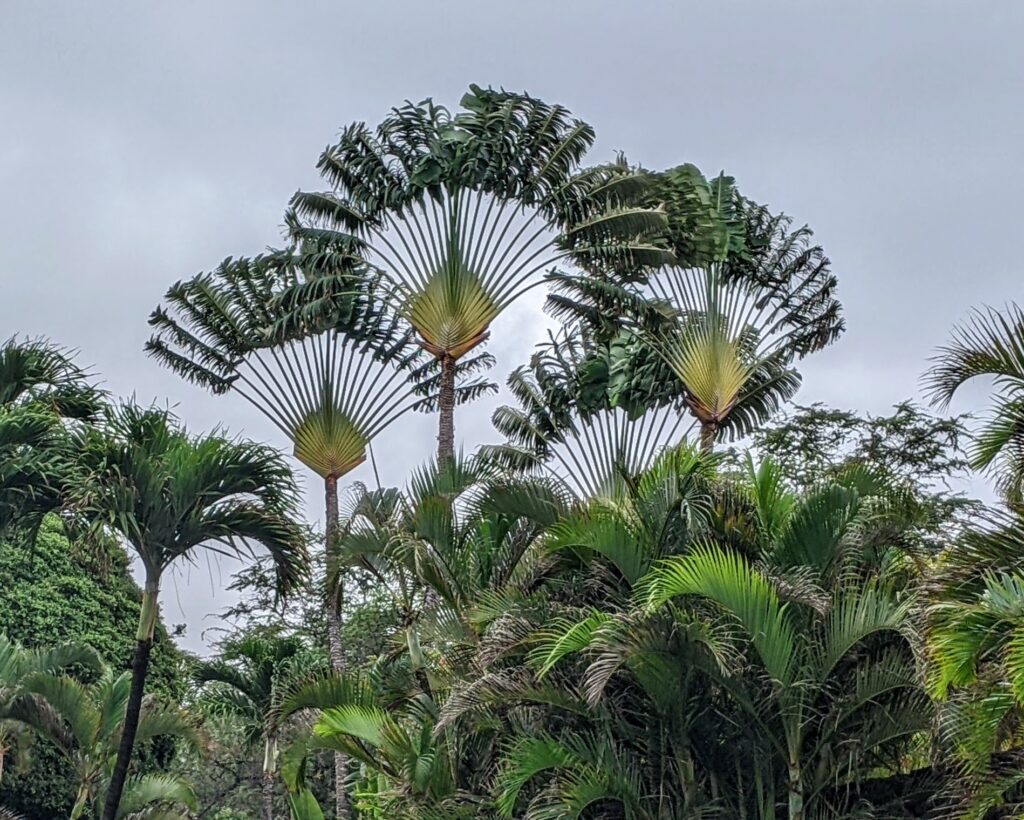
Travel Tips for Visiting These Destinations
Preparing for Madagascar
When planning a trip to Madagascar, consider these travel tips:
- Visa Requirements: Ensure you have the necessary visa and documentation.
- Local Guides: Hire a local guide to enhance your experience and learn about the flora and fauna.
- Health Precautions: Research health guidelines, such as vaccinations and malaria precautions.
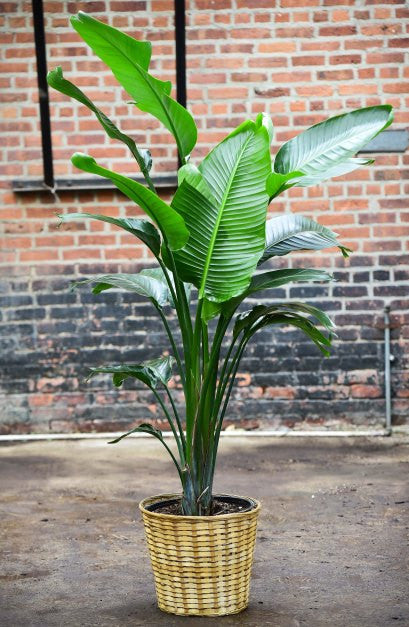
Visiting South Africa
If you’re heading to South Africa:
- Transportation: Renting a car is recommended for exploring the countryside.
- Wildlife Safety: Always follow safety guidelines when interacting with wildlife.
- Cultural Etiquette: Respect local customs and traditions, especially when visiting rural areas.
Pros and Cons of Traveler Palm vs. Bird of Paradise
Traveler Palm Pros and Cons
Pros:
- Stunning appearance and ideal for creating tropical landscapes.
- Can tolerate a range of soil types and conditions.
Cons:
- Can take years to flower.
- Requires space due to its large size.
Bird of Paradise Pros and Cons
Pros:
- Gorgeous flowers that attract pollinators.
- Great for small gardens or pots.
Cons:
- Needs specific conditions for optimal flowering.
- Can be sensitive to cold weather.
Reviews of Traveler Palm and Bird of Paradise Products
Top Traveler Palm Products
Here are some popular products related to the Traveler Palm found on eCommerce sites:
- Traveler Palm Seeds:
- Rating: 4.5/5 based on 200 reviews. Customers love the germination rate but suggest patience, as it takes time to grow.
- Traveler Palm Saplings:
- Rating: 4.8/5 based on 150 reviews. Buyers appreciate the healthy appearance and size upon arrival.
Top Bird of Paradise Products
Explore these popular Bird of Paradise products:
- Bird of Paradise Seeds:
- Rating: 4.6/5 based on 300 reviews. Many users were impressed with the vibrant flowers, though some noted the care requirements.
- Bird of Paradise Plant:
- Rating: 4.7/5 based on 250 reviews. Customers love the eye-catching blooms but recommend proper sunlight exposure for best results.
FAQs about Traveler Palm vs. Bird of Paradise
What is the main difference between Traveler Palm and Bird of Paradise?
The primary difference lies in their appearance and size; the Traveler Palm is a tall, fan-like plant, while the Bird of Paradise is smaller with vibrant, bird-shaped flowers.
Can I grow Traveler Palm indoors?
While you can grow them indoors, they typically require a lot of space and sunlight, making them better suited for outdoor environments in warmer climates.
How often should I water Bird of Paradise?
Water the Bird of Paradise regularly, ensuring the soil is moist but not soggy. Reduce watering in the winter months.
Are Traveler Palm and Bird of Paradise easy to care for?
Both plants have specific care needs, but with the right conditions and attention, they can thrive and add beauty to your garden or home.
Conclusion
In summary, the Traveler Palm and Bird of Paradise are two enchanting plants that enhance the visual appeal of any landscape. Their differences in size, appearance, and care make them suitable for different gardening enthusiasts. Whether you’re seeking to create a tropical oasis or add vibrant flowers to your garden, understanding these two stunning plants will enrich your gardening experience.
Which one would you choose for your garden? Let your travel and gardening adventures flourish!